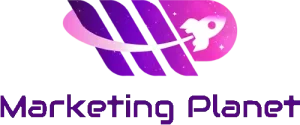
Optimizing Workshop Performance Through Coordinated Efforts of Service Technicians, Service Advisors, and Parts Advisors
Course Title: Formula 1 Mindset and Strategy for Fixed OperationsDuration: 1 Day
Audience: Service Technicians, Service Advisors, Parts Advisors, and Workshop Managers
Equip service technicians, service advisors, and parts advisors with the skills, mindset, and techniques inspired by Formula One teams to optimize efficiency, accuracy, communication, and teamwork in the service department.
By the end of this course, participants will be able to:
This course is designed to help service technicians, service advisors, and parts advisors adopt the high-performance mindset and techniques of a Formula One team, optimizing their work processes and enhancing overall workshop efficiency through seamless collaboration.
Contact US
Strategy. Execution. Achievement.


Strategy. Execution. Achievement.
Strategy. Execution. Achievement.
Strategy. Execution. Achievement.
Automotivaters is more than a training and development company. We work with your teams to implement strategies, build skills, and drive sales performance in all dealership departments.
Solutions
Quick Links

